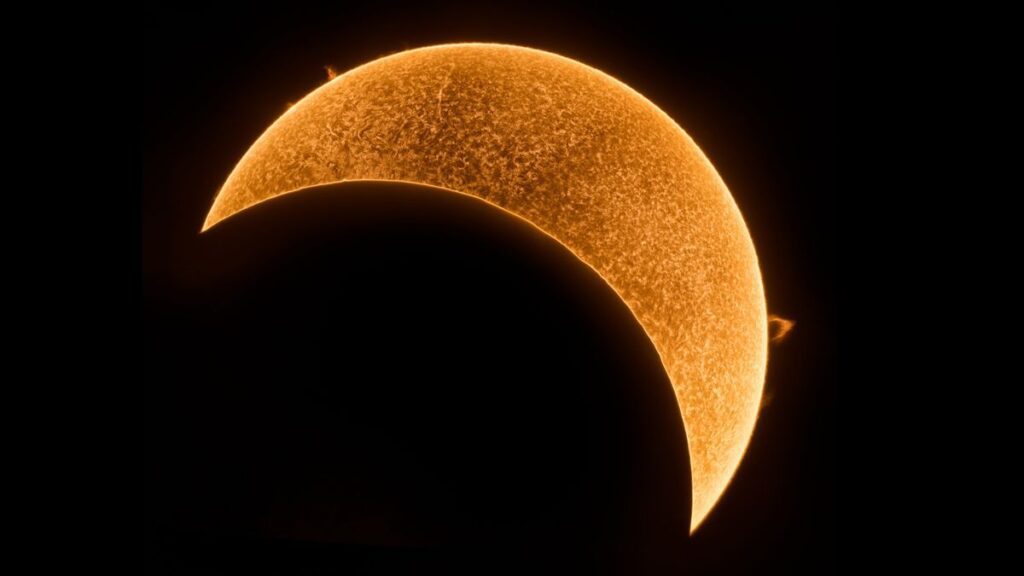A year after a significant solar eclipse on April 8 in North America, another solar eclipse will occur on March 29, but it will primarily affect the Arctic region. This event is part of the “solar eclipse season,” a period lasting around 37 days when solar eclipses can occur at both full and new moon phases. The March 29 eclipse will be a partial solar eclipse instead of a total one, as the moon’s shadow misses the Earth, resulting in only a portion being covered.
The eclipse will be visible in northwest Africa, most of Europe, and parts of northwest Russia, along with some regions of South America. In North America, visibility is limited, especially west of a line running from Oakville, Ontario, to Virginia Beach, Virginia. Areas to the east on the map will see some coverage at sunrise. For instance, in places like northern Maine, viewers might see a dramatic crescent sunrise with up to 88.2% of the sun’s diameter covered.
Safety is emphasized, as viewing the sun requires proper eye protection. Observers are encouraged to use specially designed solar filters for viewing. Those wishing to experience the greatest eclipse coverage should head to Nunavik in northern Quebec, Canada. The article includes a schedule for various cities in the U.S. detailing sunrise times and expected eclipse coverage.
Source link


